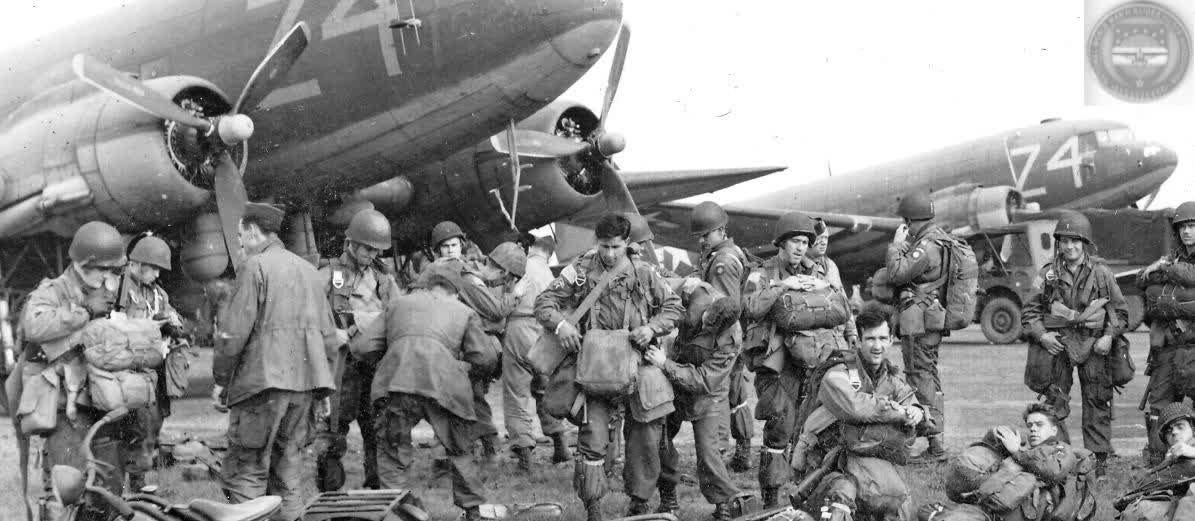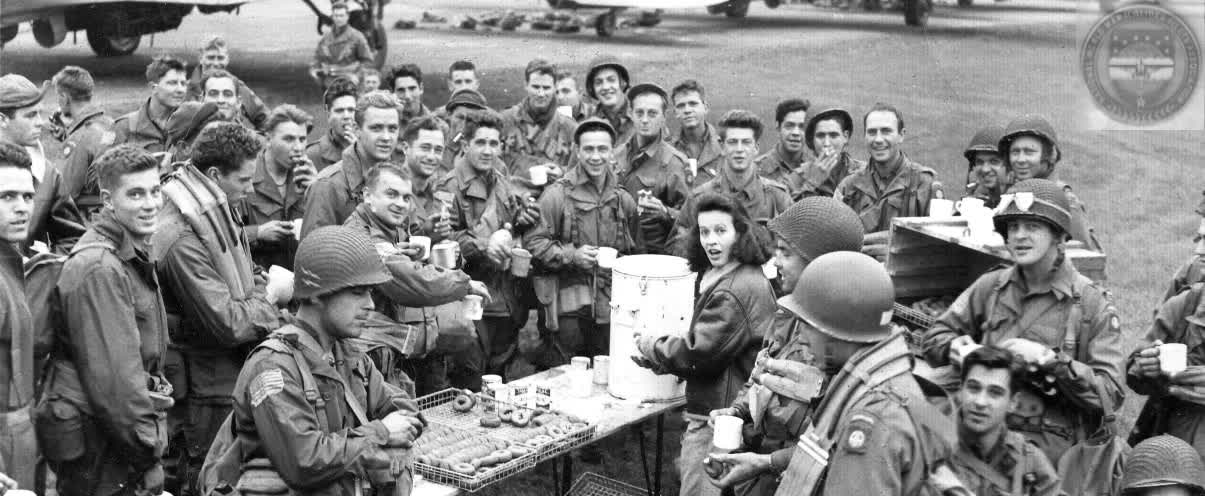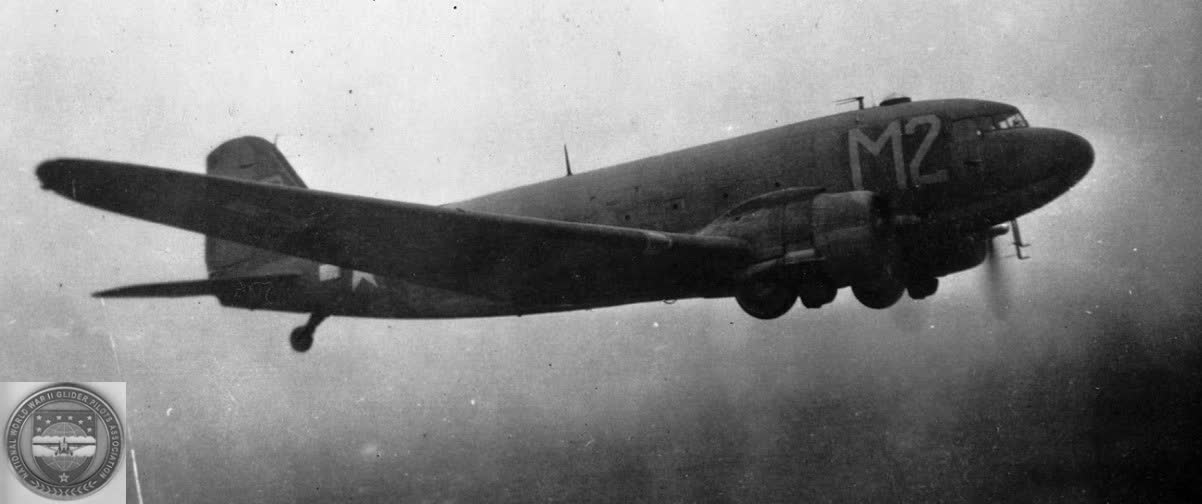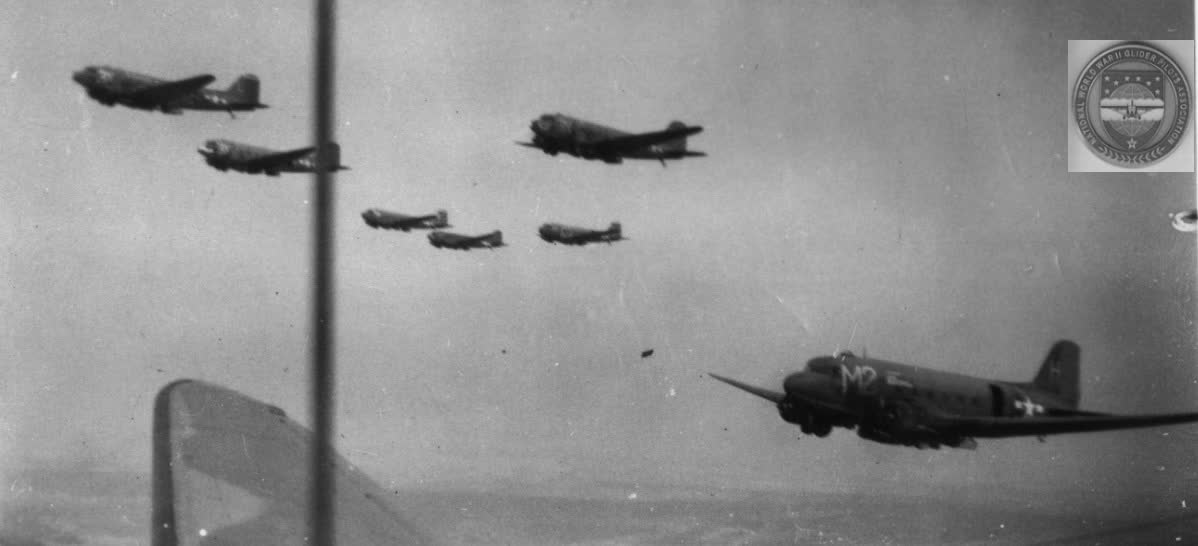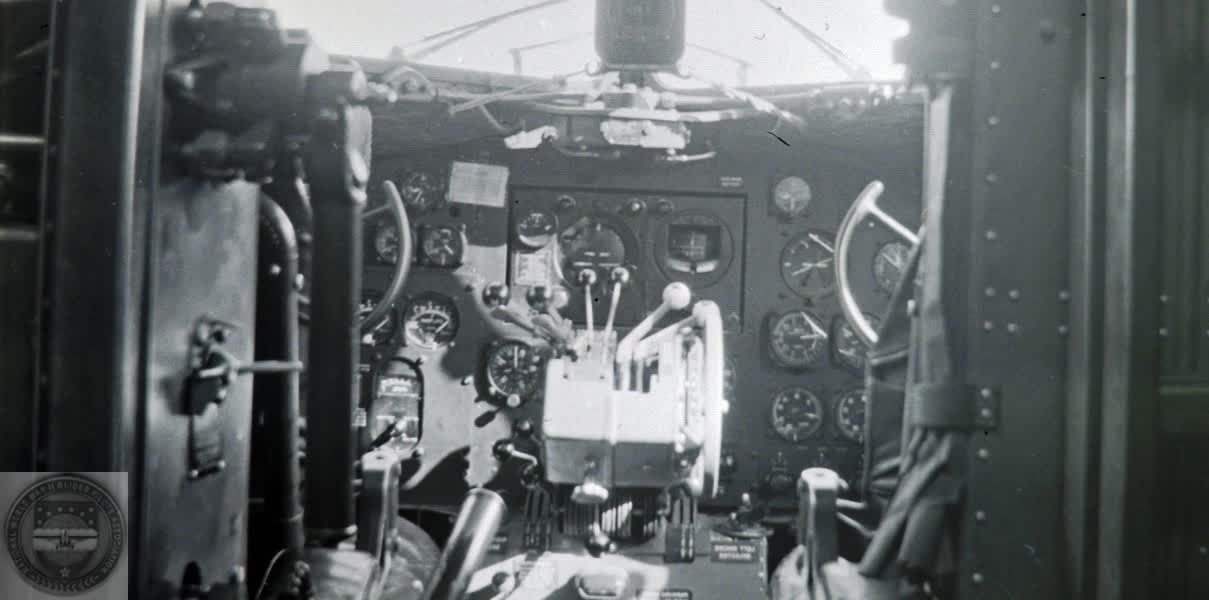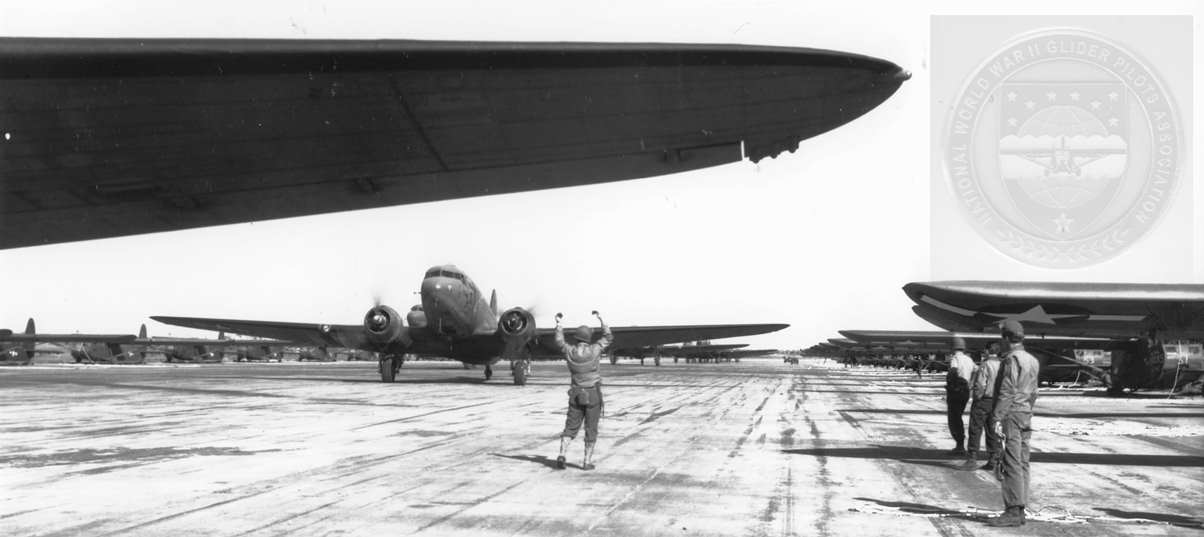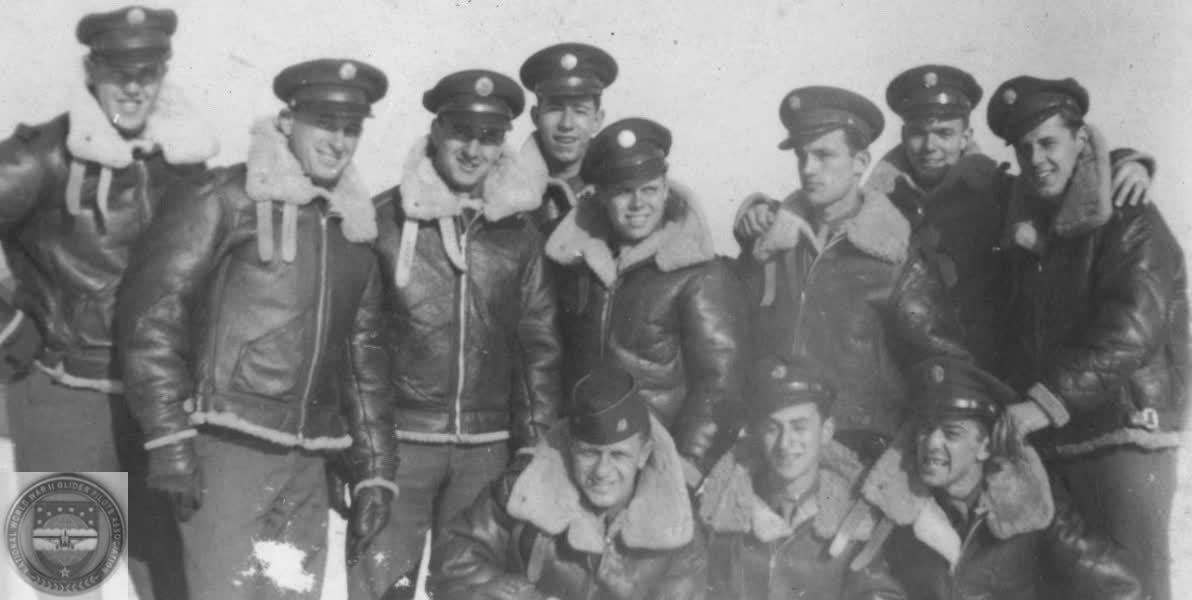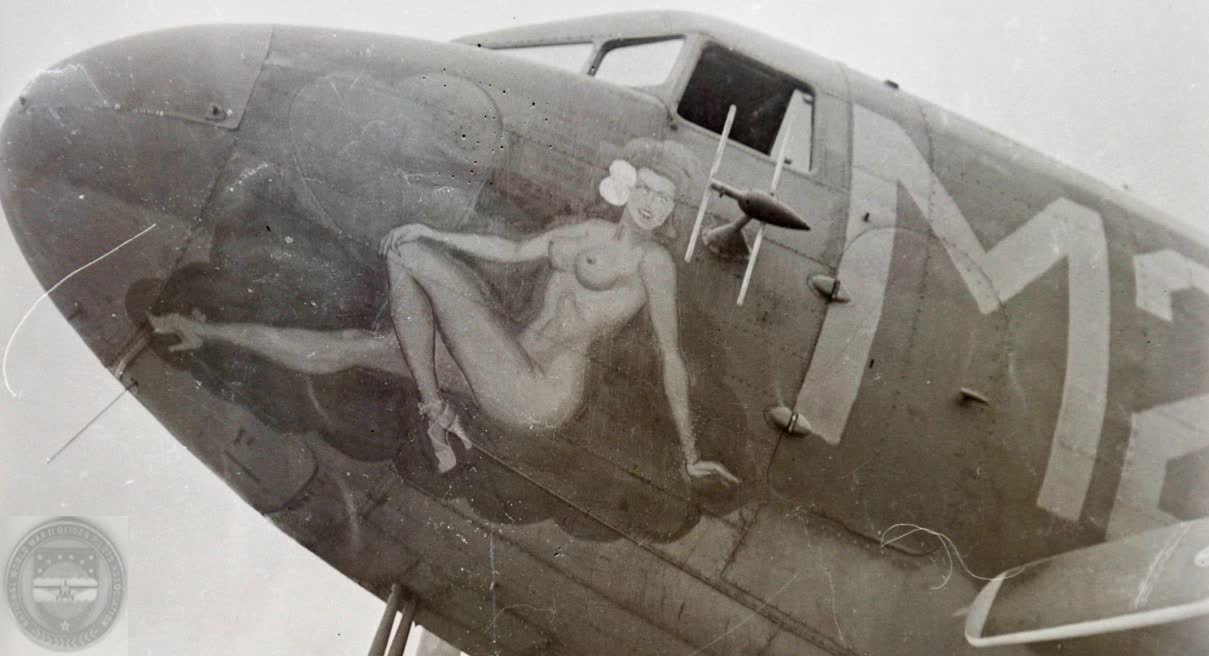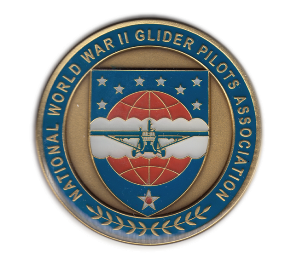National WWII Glider Pilots AssociationLegacy Organization of veterans National WWII Glider Pilots Association. Discover our History, Preserve our Legacy | ||
The term:“angle of the dangle” refers to the angle that the tow rope drops when you can’t see the tow plane. If you fly the so called angle that should put you above the prop wash and straight behind the tow plane even in a slow turn. -Lt. Col. George I. Theis The problem:Late in 1942, some CG-4A pilots found themselves being towed in the dark or in clouds (called instrument flying conditions) with only a short length of towline visible. The pilot’s
inability to see the orientation of their glider behind the tow plane had disastrous results on several occasions, especially because the pilots had no special gauges for
instrument flying. To rectify this, the research staff at Wright Field helped develop a special instrument that was designed to show the angle of the rope,
near the glider, and extending from the tow plane. Using some words already in use, the pilots soon called this device the “angle of dangle instrument”...(Grim 115) The solution: The IndicatorCable Angle MkIII was sometimes known as the “angle of dangle”, and was fitted to gliders during the Second World War. Early versions had a single dial which showed the position of the glider relative to the tug, both horozontally and vertically, and was operated by the tow-rope. The coupling between the tow-rope and the indicator needle was mainly mechanical, but later forms of the indicator were coupled to an artificial horizon, as in the MkIII, which to some degree anticipated lateral displacement so that control corrections could be made before it became serious. The Indicator, Cable Angle was the only device perfected at the time which enabled the tug and glider combination to fly in cloud or at night, but its main disadvantage was that sudden slackening of the tow-rope would temporarily give erratic readings. (Imperial) Four CG4As gliders were picked up in Kansas to be ferried to Laurenburg-Maxton AAFB in North Carolina. This was glider Instructor 2nd Lt. Arthur C. Furchgott’s and his student co-pilot S/Sgt. Martin T. Laffey’s experience with not being able to see the towship. (Dashboard sign in glider reads “Towship not to exceed 120 MPH”)
----------------- |
Single Tow
Double Tow
Marshalling
Tow Rope Angle Indicator
Glider Snatches
Double Snatch
Night Snatch

National Archives/NWWIIGPA collection
305th Troop Carrier Squadron/442nd TC Group
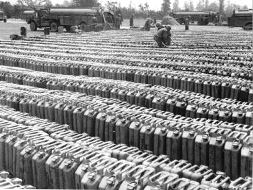 National Archives/NWWIIGPA collection
National Archives/NWWIIGPA collection9TH Air Force soldiers are transferring gasoline from delivery trucks into gas cans at an advanced air base somewhere in France. Many of these cans will be flown to airstrips closer to the front lines for fighter bombers. This photo was taken sometime after June 6th and before Oct. 27th 1944.
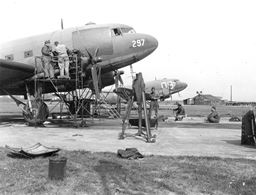 National Archives/NWWIIGPA collection
National Archives/NWWIIGPA collectionDouglas C-47's being repaired at a U.S. airdrome on the continent. EUROPE. [A plane belonging to or having belonged to the 61st sqd. of the 314th TCG can be seen in the background with its squadron code, Q9.]
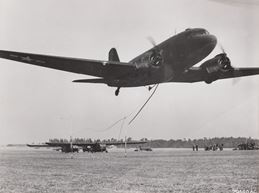
National Archives/NWWIIGPA collection
Another method of glider pickup is accomplished by a Douglas C-47 tow plane in flight.

